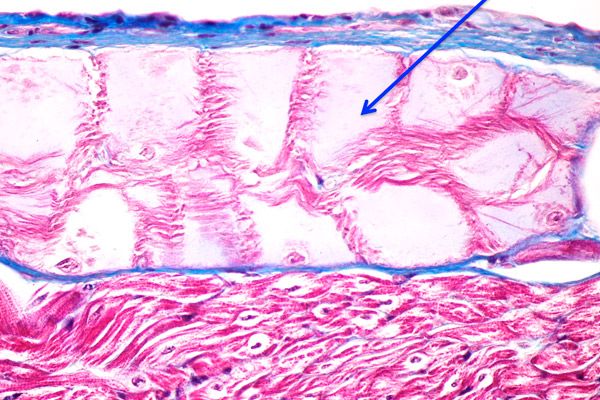Scientists have grown Pacemaker cells
Last reviewed: 23.04.2024

All iLive content is medically reviewed or fact checked to ensure as much factual accuracy as possible.
We have strict sourcing guidelines and only link to reputable media sites, academic research institutions and, whenever possible, medically peer reviewed studies. Note that the numbers in parentheses ([1], [2], etc.) are clickable links to these studies.
If you feel that any of our content is inaccurate, out-of-date, or otherwise questionable, please select it and press Ctrl + Enter.

In the Makivenovsky center of regenerative medicine, scientists for the first time managed to grow in the laboratory conditions pacemaker cells that control the work of the heart. The head of the new project was Stephanie Protce, he explained, his colleagues managed to create cells, the main function of which is to control the heart rate. Such cells are concentrated in one of the areas of the heart muscle and if they stop coping with their functions, a normal pace of life requires a pacemaker.
This work of the team Protets is a continuation of the series of developments, in which scientists carefully studied which signaling molecules are responsible for the process of converting stem cells into the pacemaker cells. One researcher noted that in the process of research they in the Petri dish repeat the way of creating a cell that nature itself uses.
Pacemaker cells grown in test tubes were already tested on laboratory rodents and showed normal performance.
According to scientists, this work has a great potential, in the future due to the developments of Protce and his colleagues, it will probably be possible to learn how to create more effective, in comparison with mechanical, biological pacemakers. Unfortunately, before the beginning of clinical trials involving people, it will take at least 5 years, since the new method should be well worked out on the animal model.
Today, in medicine, mechanical pacemakers are used, which are improved for more efficient work and patient convenience. For example, models have already been created that not only stimulate the work of the heart muscle with electrical discharges, but also can recognize emotions, which affects the pacemaker's work - a feeling of fear causes a change in the heart rate, which brings the person closer to the maximum natural sensations.

For quite some time scientists have been trying to create a method that would allow to restore a sick heart. According to scientists, the study of molecular processes that take place in the heart, will sooner or later achieve positive results and scientists from the University of Aberdeen have already approached their goal. Specialists have found out that the heart muscle is practically incapable of recovering from damage, but there is still a way that will help it in this. In the process of fetal development, the fetus is reproduced in the embryo, but after the child is born, this ability disappears. Studies have shown that in the adult heart there remains a small number of stem cells that can become in the cardiac cells.
Specialists learned to influence the heart cells, or so-called cardiomyocytes, which helped the stem cells to develop, in addition, experts found that the embryo transmitted a signal from one cell to another, which triggers the formation of tissues. Control over the process is carried out by signaling molecules and if they are influenced by them, then it is possible to provoke the growth of the necessary cells.
Specialists noted that knowing the molecular process, it is possible to develop effective methods of treatment and start the process of cardiac restoration by artificial means.

 [
[